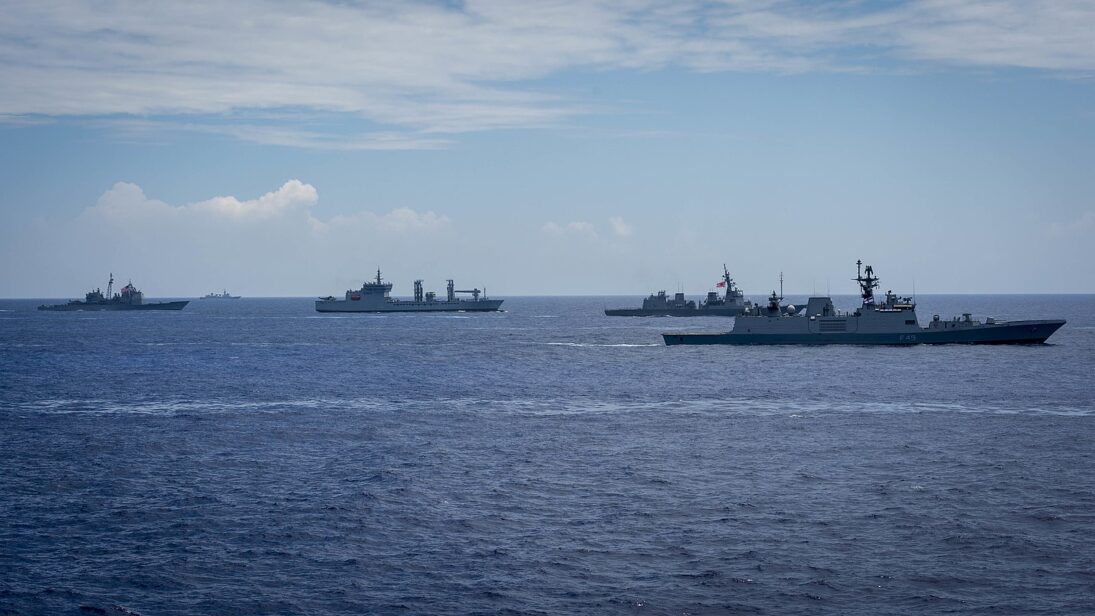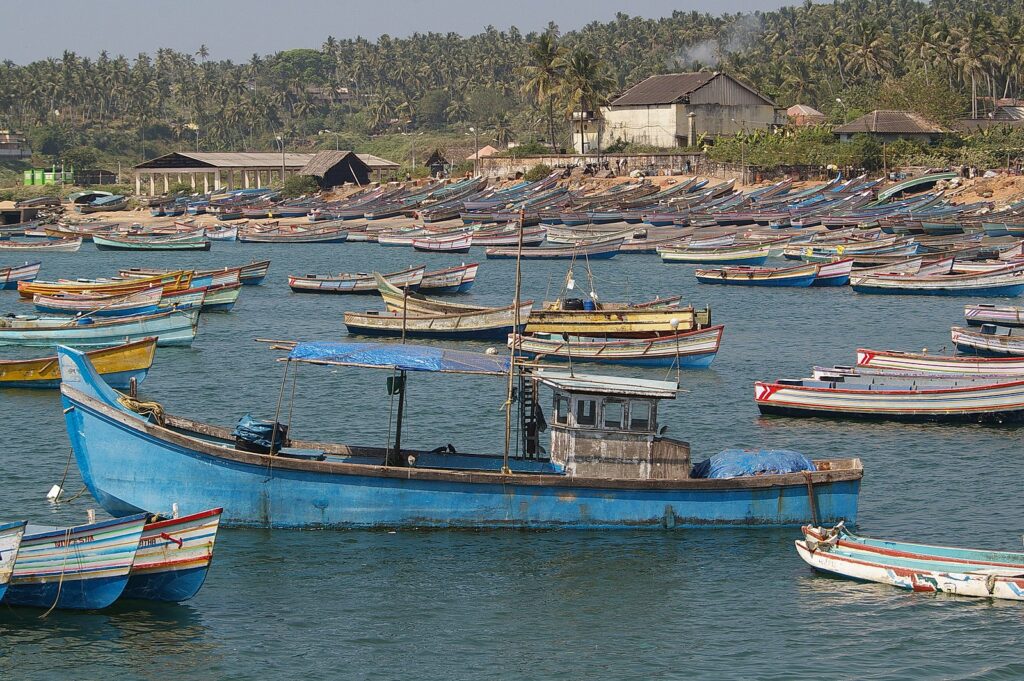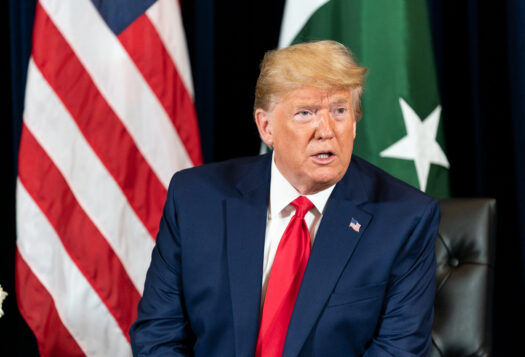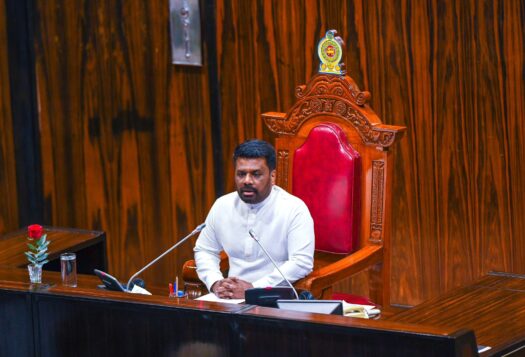
In recent years, India has moved away from its history of sea-blindness, and has been revitalizing its economic and strategic interests in the neighboring maritime domain for regional peace, prosperity, and progress. This commitment to “collective concerns for the global commons” drives India’s outreach beyond the Indian Ocean Region (IOR), and the fulcrum of its strategy is Prime Minister Narendra Modi’s ‘Security and Growth for All in the Region’ (SAGAR) plan. Articulated in 2015, this plan has facilitated slow but steady progress towards New Delhi’s goal of becoming a regional net security provider in the Indo-Pacific to counter increasing Chinese naval presence in the IOR.
Indian engagement with the Indo-Pacific region through SAGAR is based on a threefold strategy – setting up institutional frameworks for deliberate and sustained interaction, enabling partners through capacity building, and restructuring relationships to address partner needs. However, despite a range of announcements made and initiatives launched for transnational infrastructure and connectivity projects, the SAGAR plan has made less headway than anticipated. Fiscal constraints, domestic political contestation, and internal security issues are major obstacles to India’s ambitious SAGAR goals.
SAGAR: A Strategy to Cohabit
SAGAR is a multidimensional plan. It encompasses five key areas of Indian engagement – safeguarding continental and maritime interests of IOR, ASEAN, and Pacific island countries through generating security and prosperity; building capacity of partners through deeper economic and security cooperation; promoting collective action in regional institutions; enhancing collaboration for sustainable development; and facilitating maritime engagement and regional connectivity projects. It is carried out under the aegis of the Indo-Pacific Division in the Ministry of External Affairs (MEA). An examination of MEA’s annual reports reveals three key points regarding the scope and success of SAGAR.
Fiscal constraints, domestic political contestation, and internal security issues are major obstacles to India’s ambitious SAGAR goals.
First, SAGAR has consolidated and expanded India’s holistic vision and engagement for the Indo-Pacific region through setting up cooperative institutions. During Prime Minister Modi’s visit to Fiji in 2014, a year prior to SAGAR’s conceptualization, India signaled that it was looking to step up its commitment to the 14 Pacific islands and alter its largely IOR-centric outlook. To this end, in 2015, India hosted the 2nd India-Pacific Island Countries Summit and announced a range of investment and support initiatives. Further, the Indo-Pacific Oceans’ Initiative was institutionalized in 2019 to synchronize the SAGAR plan between various East Asian countries, the IOR, and extra-regional strategic partners. The MEA’s last nine annual reports indicate that India has promised to set up more than 20 institutional frameworks to enable its Indo-Pacific partners.
Second, under the SAGAR plan, India has been building the capacity of partners such as Mauritius, the Maldives, and Fiji through several programs. These include donating or exporting coast guard patrol ships, organizing joint training workshops with various stakeholders, and assisting in surveillance, search, and rescue exercises in littoral countries. SAGAR aims to bolster Humanitarian Assistance and Disaster Relief (HADR) and climate resilience efforts of these countries as well as address the cyber security needs of partner Indo-Pacific countries. India has also intensified the gift and export of certain defense assets and equipment to friendly Southeast and South Asian countries to enable and deepen engagement with them.
Third, these new institutions and developmental projects have restructured India’s relationship with Indo-Pacific countries from one of casual engagement into one of boosting the confidence, capacity, and caliber of these countries. India has also been consistent in empowering small island countries to assert their agenda for global attention. Furthermore, India advocates and facilitates ASEAN centrality for ideating, framing, and implementing a common vision for the SAGAR plan.
In a nutshell, the annual reports paint a rosy picture of India’s Indo-Pacific strategy. It is evident that various initiatives under the SAGAR plan are not only useful for India’s security calculations but also beneficial for the global standing of Indo-Pacific nations. However, there remain major limitations and challenges to its effective implementation that are often overlooked by Indian policymakers and strategic partners.

Underperformance and Challenges
Over the last three years, the MEA’s share in the total budget of the Indian government has been declining. Despite India’s rising global profile, the budgetary allocations to the MEA are ‘evidently insufficient, incommensurate, and inadequate’, according to a report by a parliamentary supervisory committee on External Affairs. Surprisingly, the MEA has sought a lower budget allocation from the government, despite its expanding mandate and activities under SAGAR and other flagship programs. One of the reasons for making a lower demand is their inefficiency in utilizing the previously allocated budget. Moreover, out of the MEA’s entire budget, the outlay for ‘Technical and Economic Cooperation’, the backbone of implementing SAGAR initiatives, is the lowest in terms of percentage in the last five years. India has also substantially reduced its budget for aiding neighboring countries due to these budget cuts.
On the domestic front, a range of issues limit SAGAR, stemming from the fact that coastal states have significant say in managing maritime issues. This often complicates the differentiation of responsibilities between the central and state governments on issues such as modernization of ports and deployment of coastal security forces. The relative autonomy of coastal states in managing some maritime issues coupled with their political differences with the Modi-led government adversely impacts the implementation of SAGAR. While several coastal states like Tamil Nadu and West Bengal are governed by non-BJP parties, they are still financially dependent on the central government. Therefore, the approach to maritime issues is deeply fragmented. As a result, several programs and laws necessary to facilitate SAGAR have been delayed. For instance, Tamil Nadu Chief Minister (CM) MK Stalin has urged CMs of nine coastal states to oppose the new draft of the Indian Ports Bill, 2021.
Similarly, in the absence of a National Maritime Authority, the union and state governments have different measures and institutional set ups for coastal security. Under the Sagarmala Project (a port-led development project to support objectives of the SAGAR plan), an institutional framework is being developed for coordinating between central, state, and local authorities, but has failed to streamline contestations between various agencies. A parliamentary supervisory panel for the Ministry of Port, Shipping, and Waterways reveals that in the last eight years, the progress of the port modernization projects under Sagarmala has been disappointing. As per the concerned Ministry’s data shared due to the delay, the cost of ‘port modernization has shot up by USD $2.4 million.
It is difficult for India’s SAGAR plan to compete with China’s systematically planned, adequately funded, and more strategically clear high-speed BRI project.
SAGAR’s continental projects are being impacted by internal stability challenges as well. The state of Manipur is a gateway for India to reach the ASEAN region through its more than twenty-year-old transitional highway project – from Manipur to Thailand, up to Vietnam through Myanmar, Cambodia, and Laos. In 2015-16, the Modi government expedited the construction work of this highway, but the deadline for the likely operationalization of this project is unknown. Recent ethnic violence in Manipur will almost certainly delay if not entirely jeopardize the SAGAR plan’s continental connectivity projects.
Conclusion
It is difficult for India’s SAGAR plan to compete with China’s systematically planned, adequately funded, and more strategically clear high-speed BRI project. While SAGAR has a vision, it lacks a roadmap and the resources to implement it. Without critical fiscal revision, streamlining domestic political differences, and necessary support from Quad partners, India’s SAGAR strategy will remain ineffective in the long run.
In sum, India should allocate a higher budget and mobilize funds from various strategic partners to achieve its SAGAR goals. The MEA should develop a revised maritime security document that takes into account all of SAGAR’s aspects and both domestic and regional maritime concerns. Cumulatively, these steps would reflect India’s seriousness towards its stated plans and ambitions to establish an alternative model for regional maritime security in the Indo-Pacific.
Also Read: Humanitarian Assistance and Disaster Relief: New Frontier for India-China Contestation?
***
Image 1: Ships from the Indian navy via Wikimedia Commons
Image 2: Tamil Nadu Coastline via Wikimedia Commons


